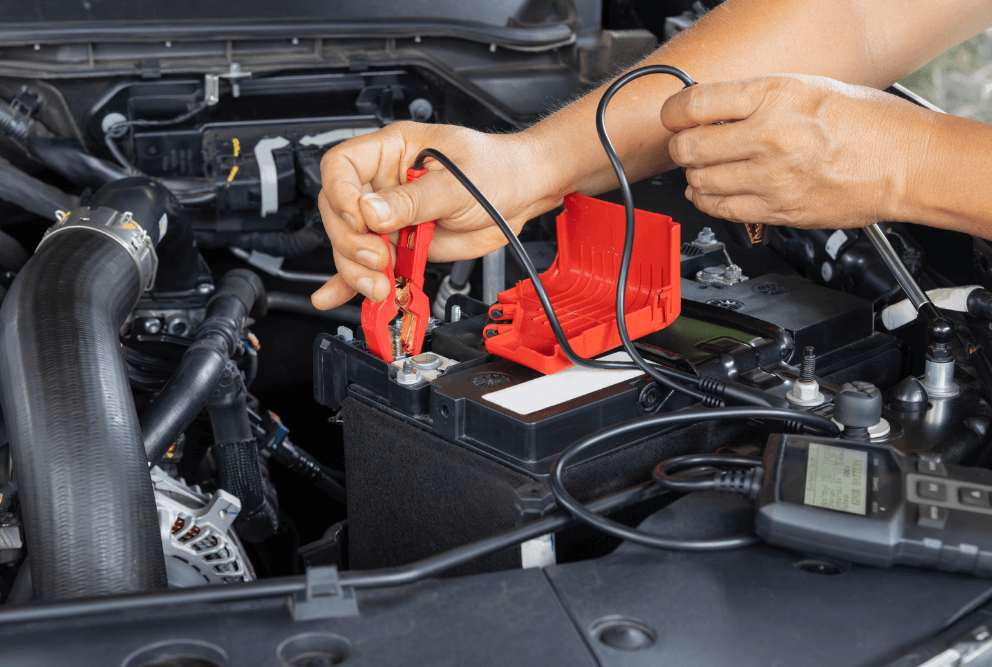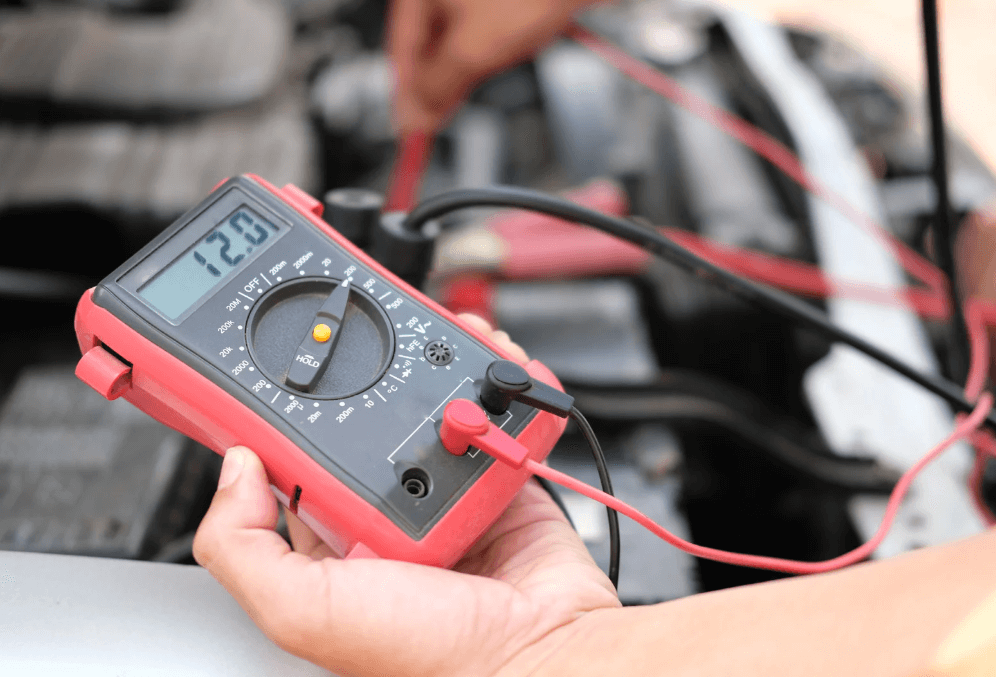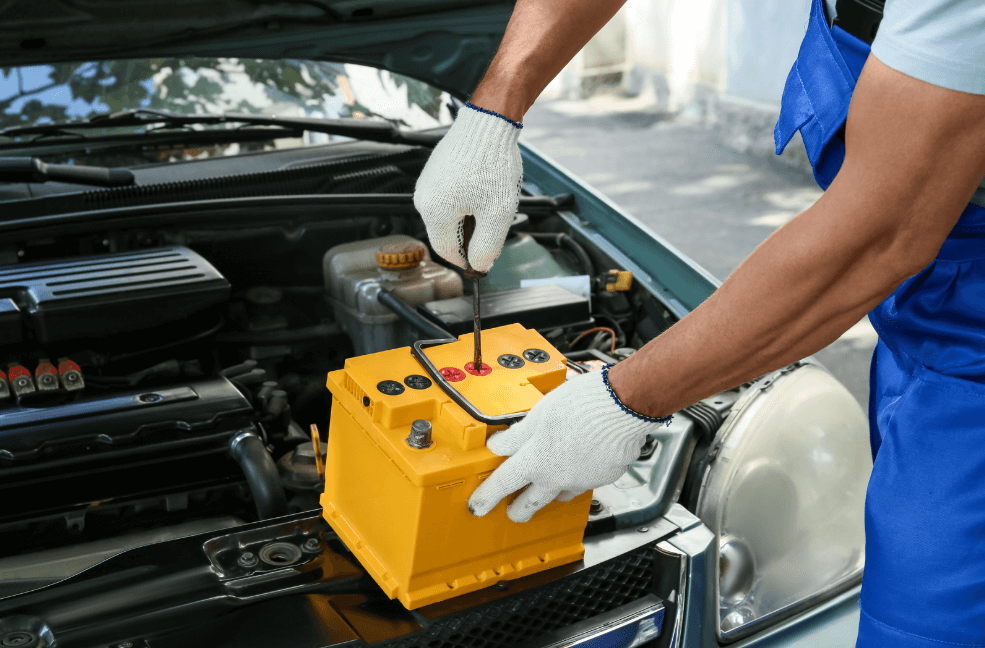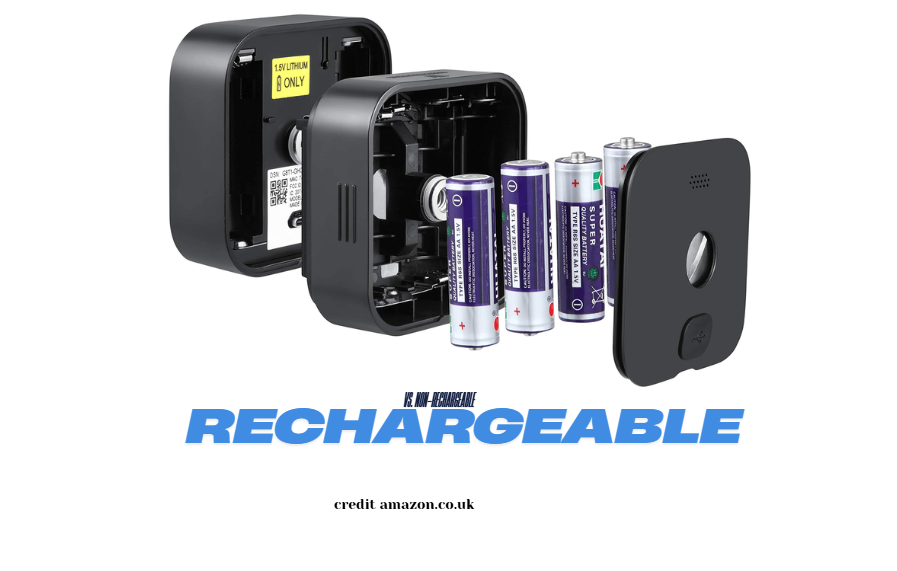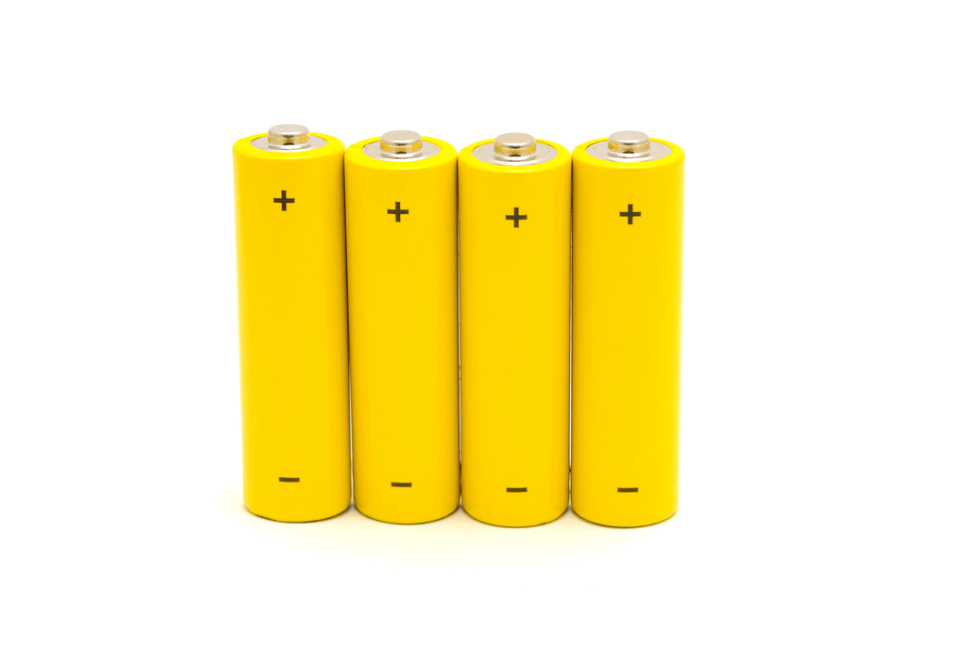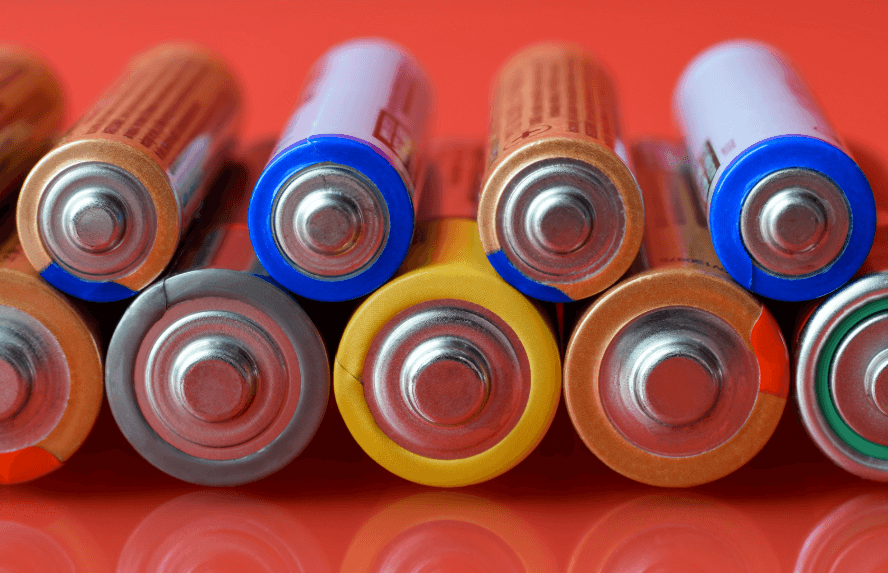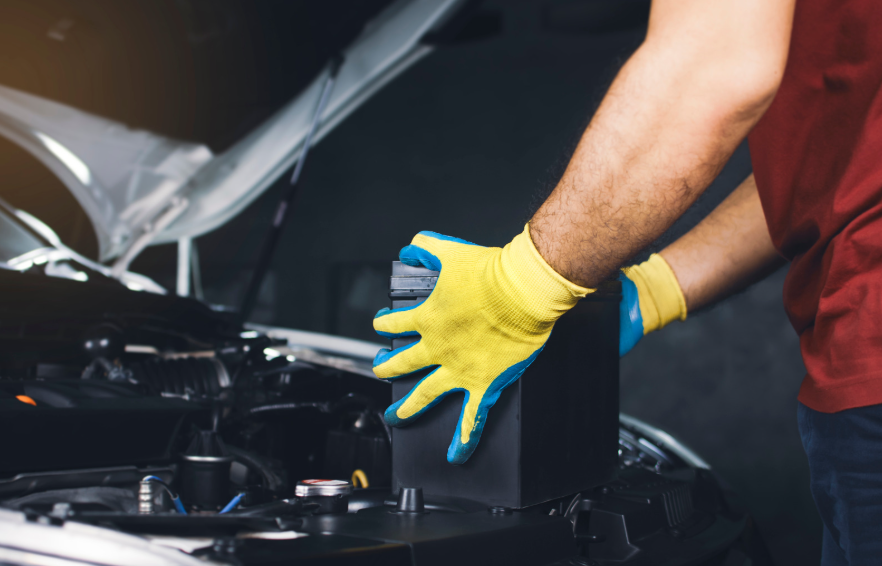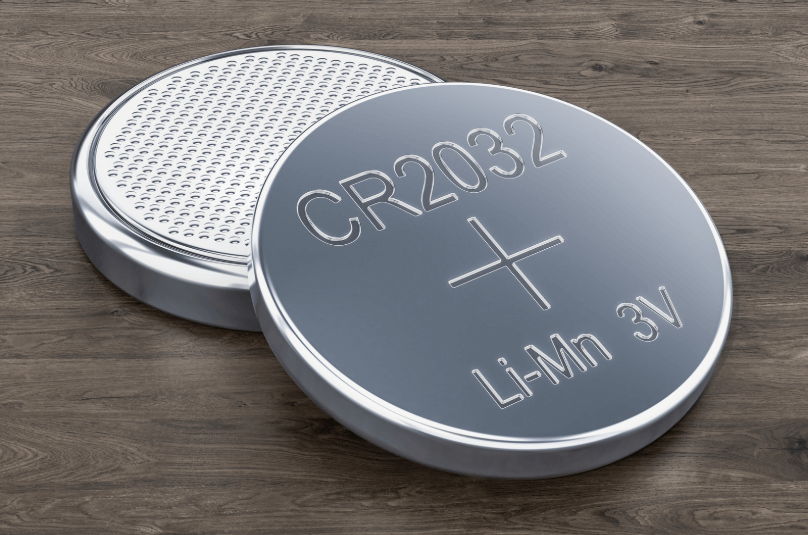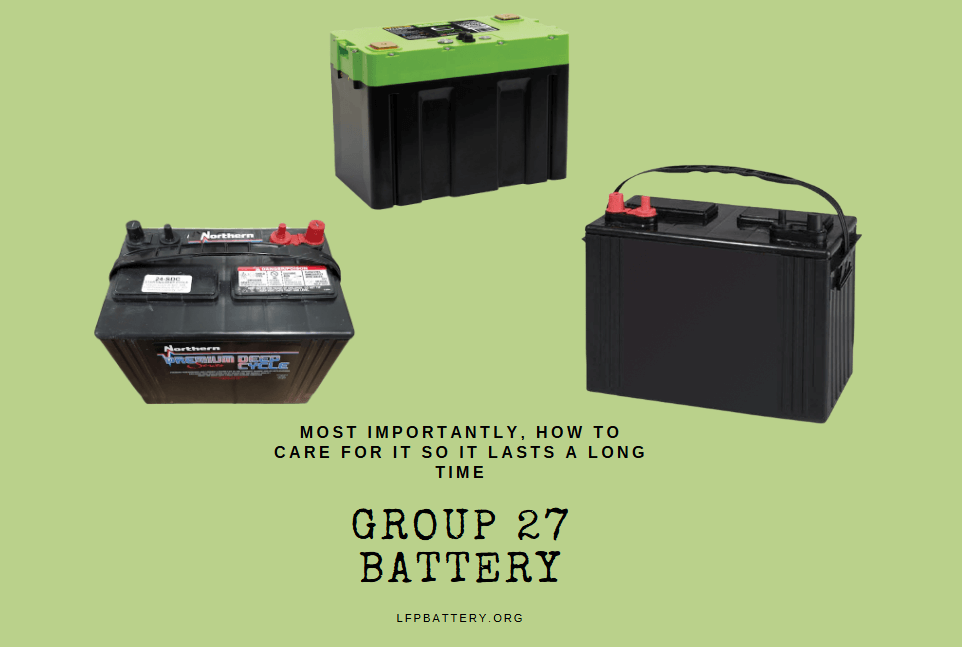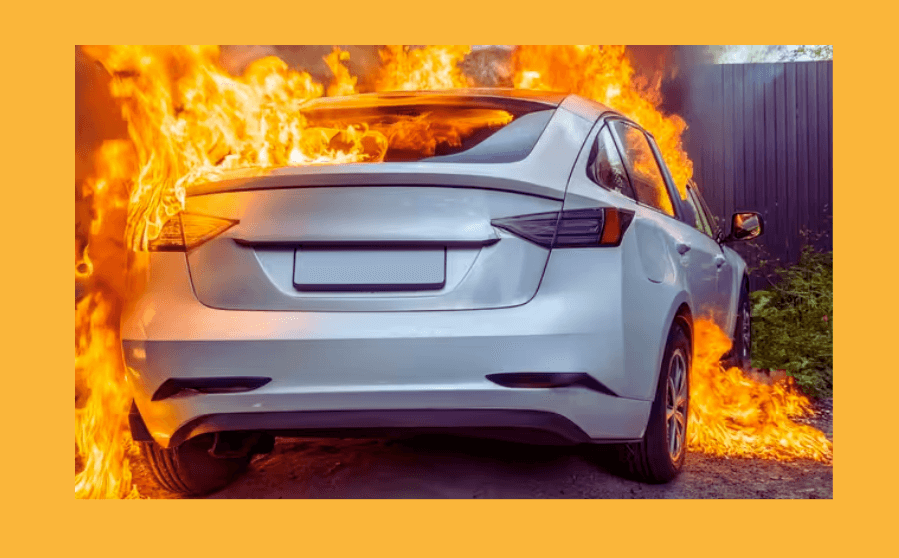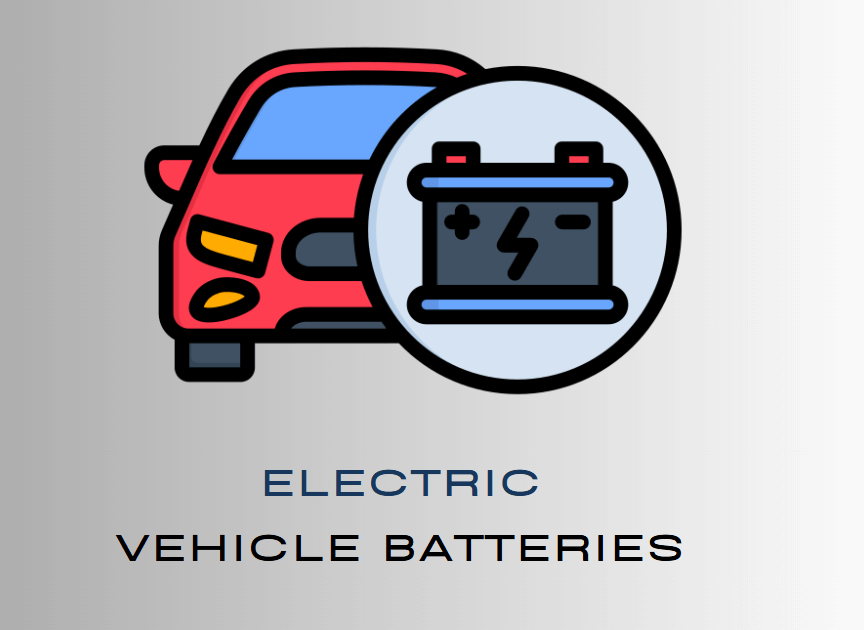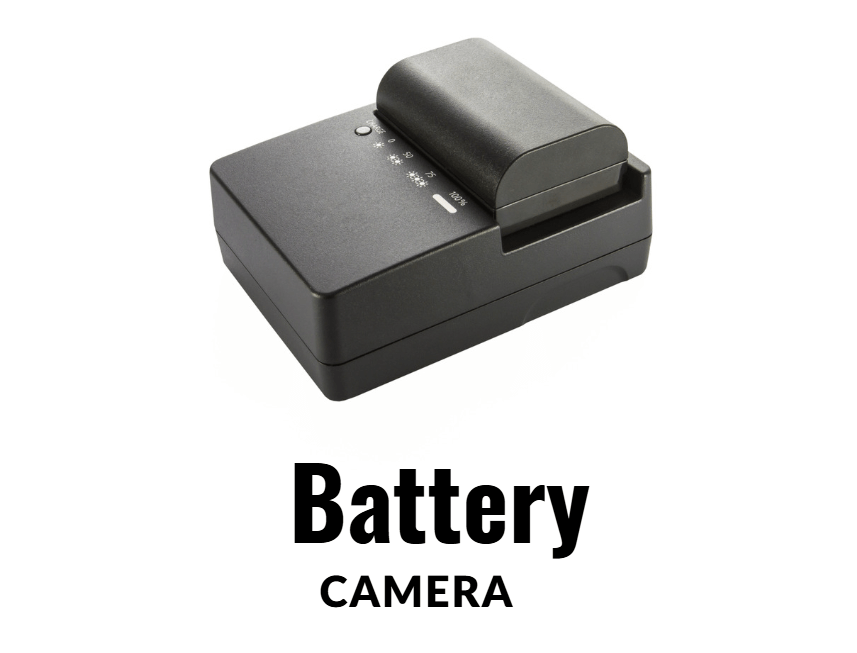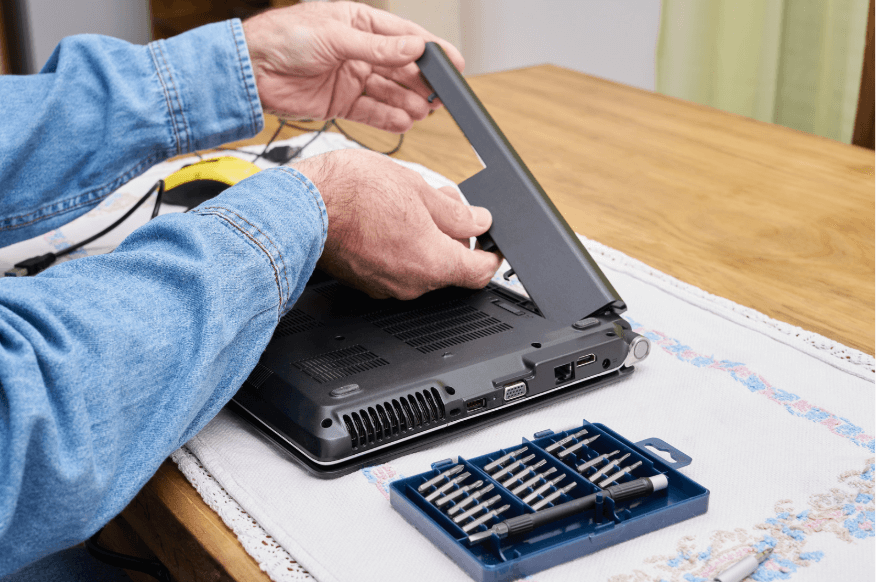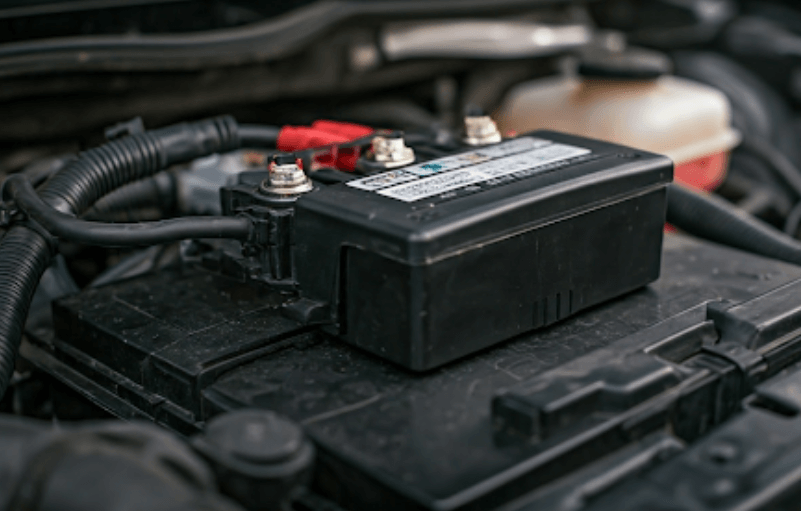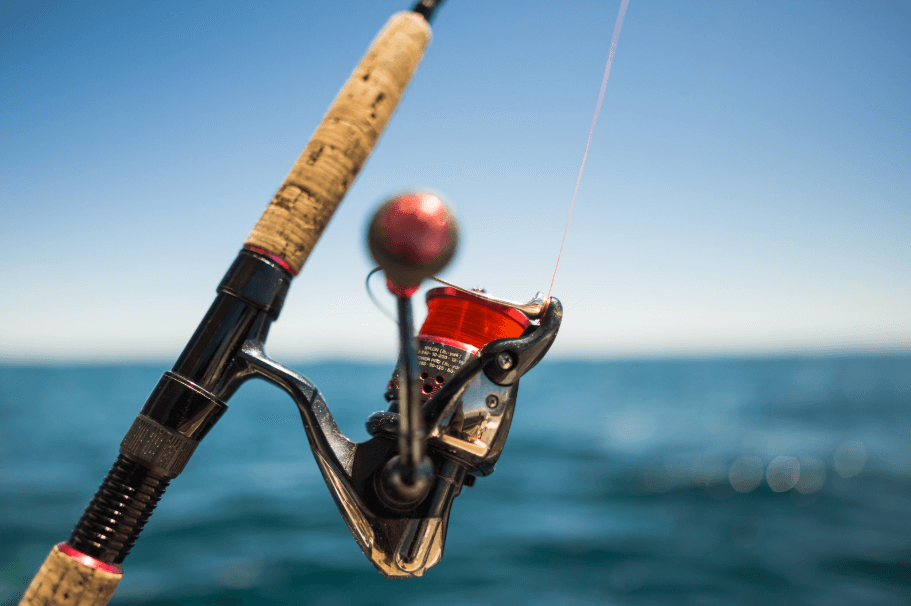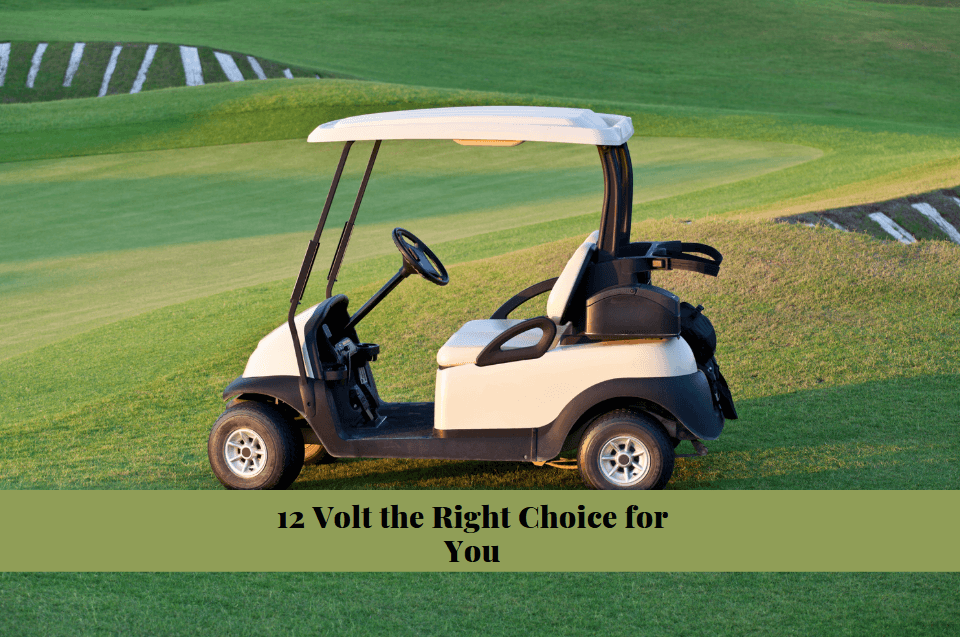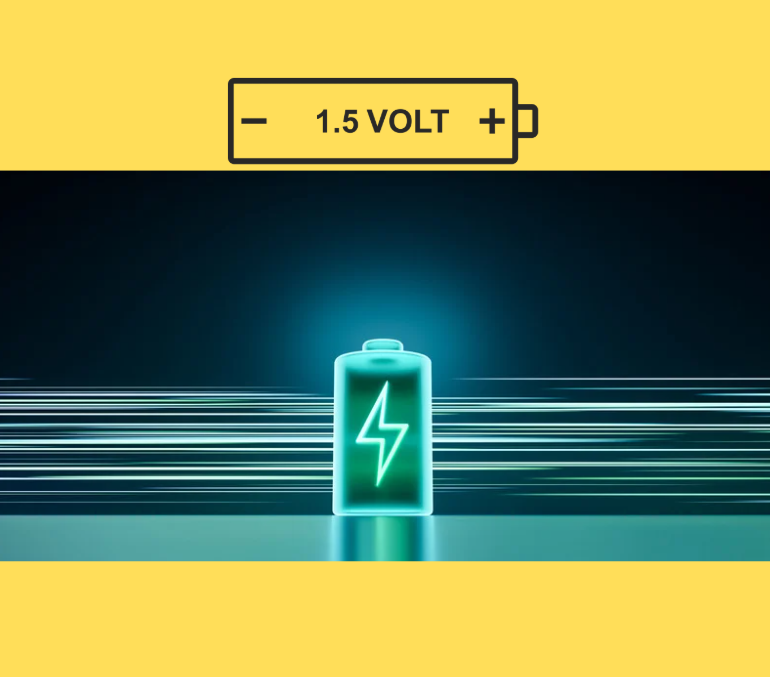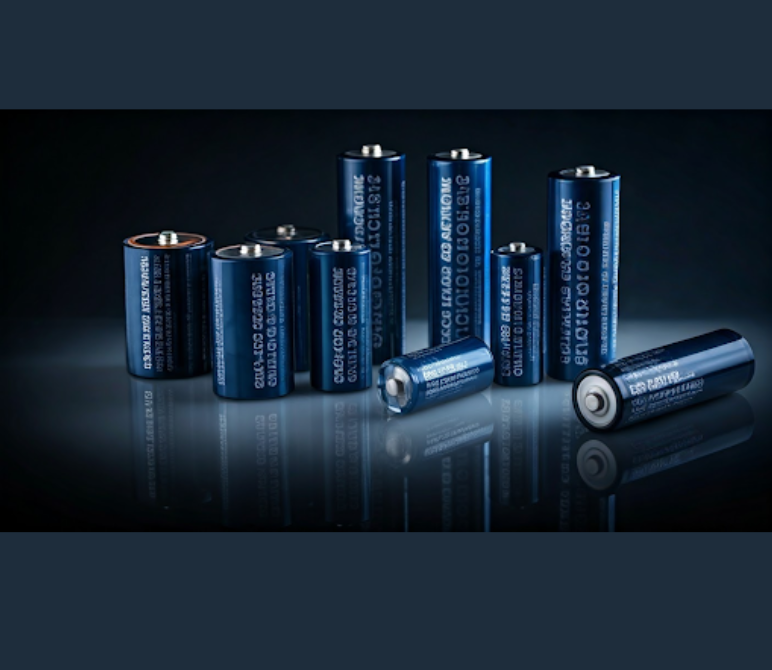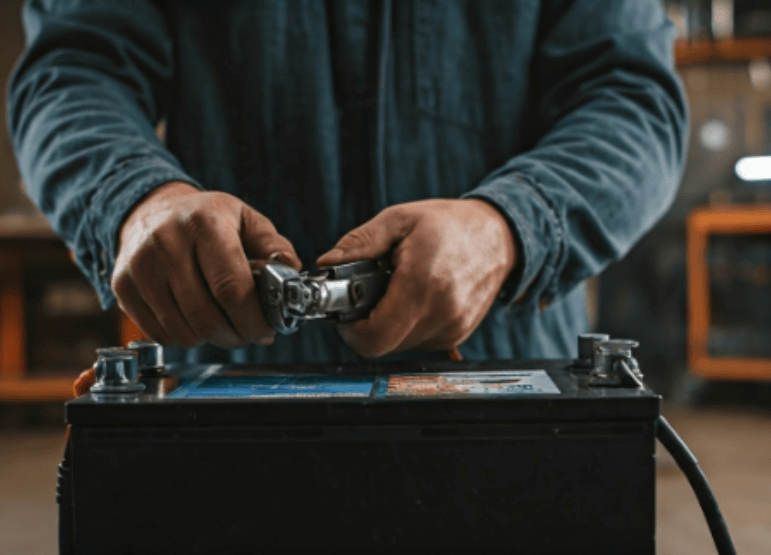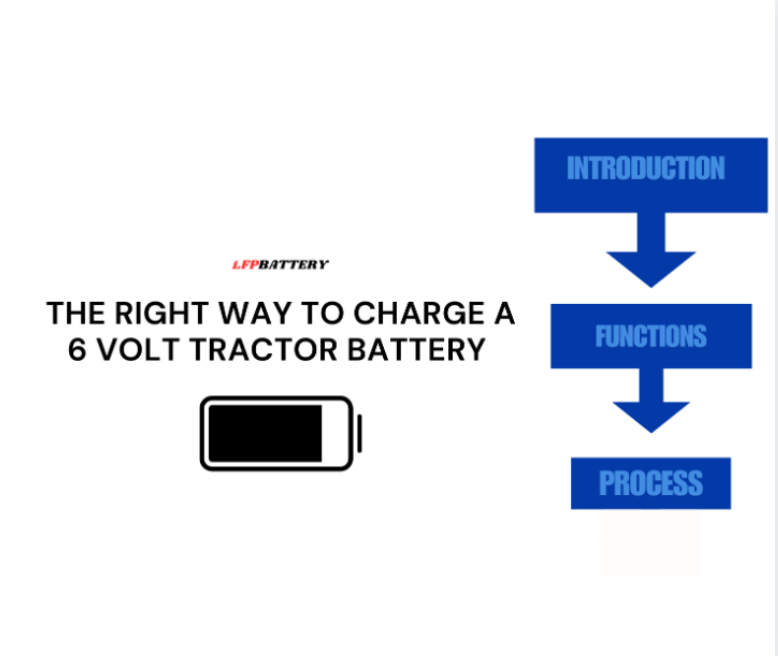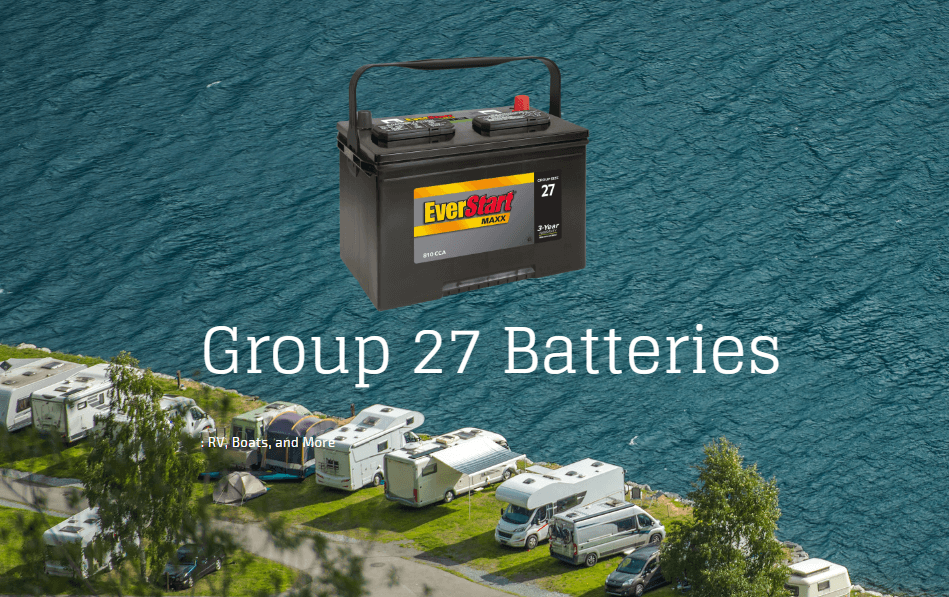
When I first started learning about Group 27 batteries, I was amazed at how many ways they can be used. These batteries are like a trusted friend that shows up whenever you need reliable power.
Whether you’re out camping in your RV, cruising on your boat, or setting up a solar power system, Group 27 batteries have you covered.
Let’s take a look at the many uses for Group 27 batteries and why they’re a popular choice for so many people.
What makes Group 27 batteries special?
Group 27 batteries are known for their size and capacity. They’re a little larger than some other battery groups but can store a lot more energy. That’s why they’re ideal for situations where you need a reliable source of power for an extended period of time.
The physical dimensions of these batteries (about 12 inches long, 6.75 inches wide, and 9 inches high) make them versatile. They are also designed to handle repeated cycles of charging and discharging, which is why they are so durable.
RV: Keeping Comfort on the Road
If you own an RV, you probably know how important it is to have a reliable power source.
Group 27 batteries are a perfect match for RVs. They power all the little things that make life on the road comfortable — lights, fans, water pumps, and even small appliances like microwaves.
One of the best parts of using a Group 27 battery in an RV is their ability to hold a charge for a long time.
This means you can spend more time enjoying your trip and less time worrying about recharging your battery. Plus, they are tough enough to handle the vibrations and bumps that come with road travel.
Boat: A Reliable Power Source on the Water
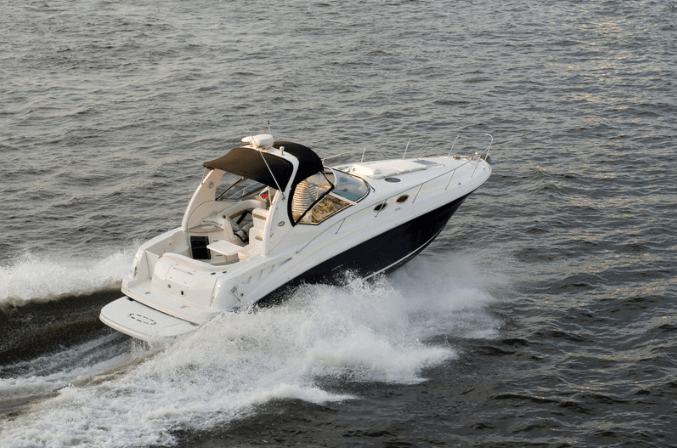
Out on the water, having a reliable power source is important. Group 27 batteries are widely used in marine applications because they are built to last.
They can handle the constant charging and discharging that comes with powering trolling motors, fish finders, and navigation systems.
Many people choose Group 27 deep cycle batteries for their boats because they provide consistent power over long periods of time.
Whether you’re fishing all day or just enjoying a relaxing boat ride, these batteries will keep your equipment running smoothly.
Solar Power Systems: Harnessing the Power of the Sun
If you’re setting up a solar power system, Group 27 batteries are an excellent choice for energy storage.
They are large enough to store a significant amount of solar energy and release it continuously when you need it.
These batteries are especially useful for off-grid setups. For example, if you have a cabin in the woods or a remote workshop, a Group 27 battery can store solar energy collected during the day and provide electricity at night.
This is a simple and reliable way to stay powered without relying on the grid.
Backup Power During Outages
Nobody likes power outages, but having a Group 27 battery can make things a lot easier. These batteries can act as a backup power source for essential devices like phones, laptops, and medical equipment.
Some people even use them with an inverter to power small appliances during outages.
Because of their durability and capacity, Group 27 batteries are a great choice for emergency preparedness. You can charge them and store them until you need them, knowing they’ll be ready to provide power when the lights go out.
Off-grid Living: A Lifesaver in Remote Locations
For those who live off-grid, having a reliable battery is a game-changer. Group 27 batteries are often used in off-grid homes to store energy from renewable sources like solar panels or wind turbines.
They’re built to handle repeated use, which is exactly what you need in a setup where your battery is working every day.
These batteries provide the steady power needed to power lights, run a refrigerator, and charge electronic devices.
If you’re looking for independence from the grid, a Group 27 battery is a solid investment.
Medical Equipment: Power When You Need It Most
In some cases, having a reliable power source isn’t just convenient—it’s essential. Group 27 batteries are often used to power medical equipment such as oxygen concentrators and CPAP machines.
Their ability to deliver consistent power makes them a reliable choice for those who rely on medical devices.
How to Choose the Right Group 27 Battery for Your Needs
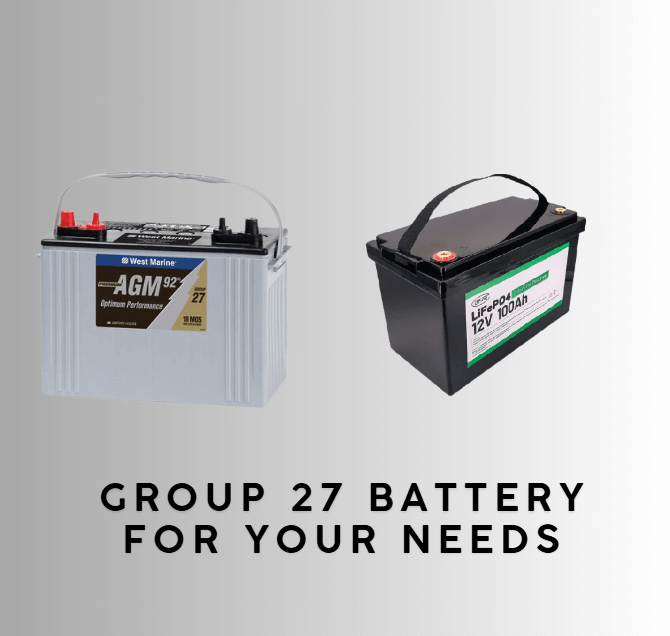
First, think about the type of battery you need. Group 27 batteries are typically deep cycle batteries used for applications like RV, boats, and solar power systems.
You can choose between lead-acid (AGM or flooded) and lithium-ion types.
Lead-acid batteries are generally more affordable but require more maintenance and have a shorter lifespan compared to lithium-ion batteries, which are more expensive upfront but last longer and are more efficient.
Next, consider the battery’s capacity, usually measured in amp-hours (Ah). The higher the Ah rating, the longer the battery will last on a charge. For example, a 100 Ah battery will power your devices or appliances longer than a 75 Ah battery.
Also, think about the battery voltage. Most Group 27 batteries come in 12V, which is standard for most applications, but make sure that the voltage matches your system’s requirements.
Finally, check the battery Reserve Capacity (RC), which indicates how long the battery can provide power before its voltage drops too low. A higher RC rating means more power for longer.
In short, choose a Group 27 battery based on your voltage and capacity needs, the type of battery (lead-acid vs. lithium-ion), and how long you need it to last.
Caring for Your Group 27 Battery
Follow these tips to ensure the longevity and best performance of your Group 27 battery:
Keep your battery clean and dry. Dirt, debris, and moisture can cause corrosion and interfere with the battery’s ability to charge properly.
Use a damp cloth to wipe the battery and avoid getting water on the terminals.
If you are using a flooded lead-acid battery, check the water level periodically and top it off with distilled water if necessary. Be sure not to overfill, as this can cause spillage.
Second, monitor the charge level. For lead-acid batteries, avoid letting the charge drop below 50%.
For lithium-ion batteries, they can usually handle deep discharges, but it is still good practice to recharge them when they hit about 20%. Over-discharging can shorten the life of the battery.
Third, charge your battery properly. Use a charger designed for the type of battery you are using.
A smart charger with an automatic shut-off will prevent overcharging, which can damage the battery. It is also best to charge the battery in a cool, well-ventilated area to avoid overheating.
If you will not be using the battery for an extended period of time, store it in a cool, dry place and keep it partially charged—usually around 50% for lead-acid batteries and 30-60% for lithium-ion.
This helps protect the battery from damage caused by deep discharge or excessive heat.
Finally, check for signs of wear and tear. If you notice that the battery is not holding a charge, is leaking, or is swelling, it may need to be replaced.
Proper maintenance will keep your Group 27 battery working efficiently for many years.
Conclusion
Group 27 batteries are a dependable choice for so many applications. Whether you’re powering an RV, a boat, or a solar system, these batteries offer the reliability and capacity you need.
I hope this guide has given you a clear idea of how versatile these batteries are and helped you understand why they’re such a popular choice.


